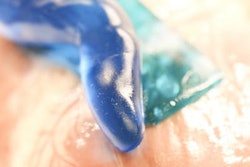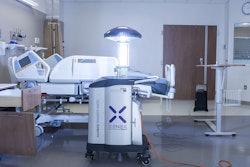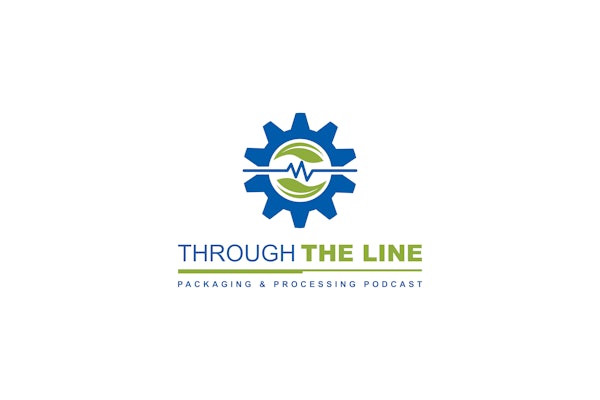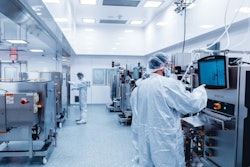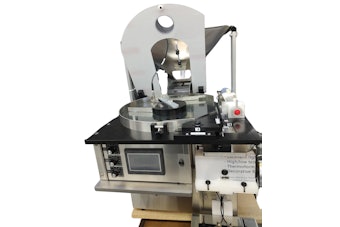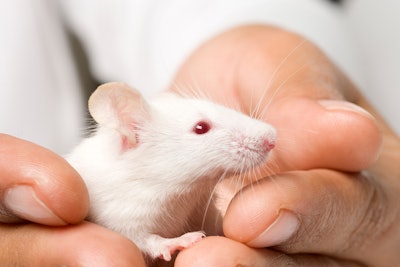
A recent New Scientist article contained information that could revolutionize the way drugs are distributed throughout the body. A team at the Max Planck Institute for Intelligent Systems has created tiny vehicles that consist of a spherical magnesium core coated with multiple layers that provide protection and treatment, and can stick to stomach walls. Once swallowed, the magnesium core reacts with gastric acid to create hydrogen bubbles that propel the motors around. The process lowers the stomach’s acidity allowing for the release of antibiotics.
The stomach acid levels in the mice returned to normal within 24 hours, and the stomach dissolves the biodegradable micromotors with no trace of harmful residues. The team has a long way to go before the procedure is human-ready, but the next step is a study with larger animals.




